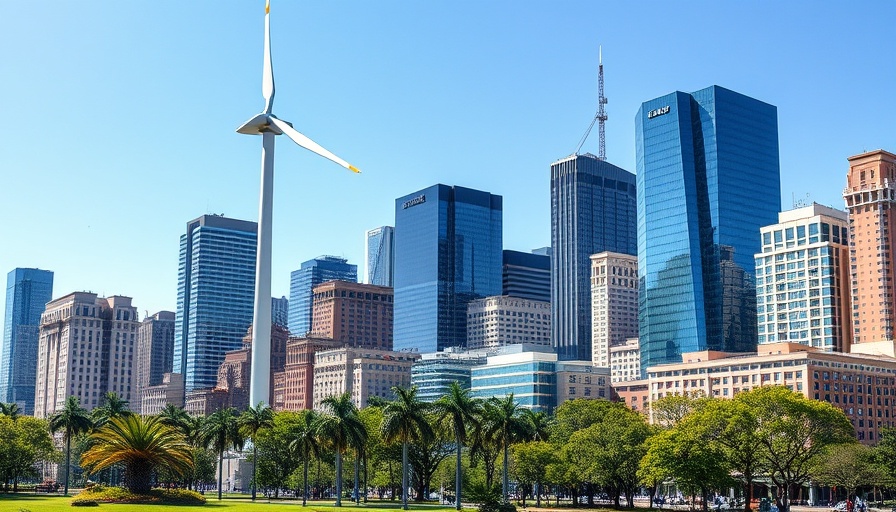
Understanding the Urgency of Climate Adaptation
As climate change intensifies, the reality of rising sea levels and increased wildfires grows ever more pressing. For many, the thought of relocating becomes paramount, especially for those residing in vulnerable coastal and drought-stricken areas. Living in regions with stable climates is becoming not just a preference, but a necessity for safety and sustainability.
Current Threats from Climate Change
The impacts of climate change aren't just looming threats; they are unfolding before our eyes. The Western U.S. now faces a staggering risk of wildfires that affect air quality and public health, with a significant portion of wildfire smoke attributed to human-induced climate change. Meanwhile, communities in Arizona struggle with extreme heat that endangers vulnerable populations, and cities like Austin, Texas, grapple with catastrophic flooding that stretches beyond coastal borders.
Key Regions to Consider Moving Away From
For those contemplating relocation, the most at-risk areas should be at the forefront of the decision-making process. Flood-prone coastal towns are increasingly susceptible to hurricane damage, while drought-afflicted areas like California's Central Valley threaten food security and public health through long-term water shortages. Climate-driven migrations are putting stress on infrastructure in the Midwest as residents from exposed regions seek refuge, further complicating the adaptation landscape.
How to Choose a Safer Location
When evaluating potential relocation spots, consider areas that are less prone to natural disasters and climate vulnerabilities. Look for regions that are strategically positioned away from coastlines and offer adaptive community infrastructures. Adjusting lifestyle choices alongside a new home can also mitigate environmental impacts and foster sustainable living practices.
Practical Tips for Moving Towards Safety
1. **Research Climate Risks**: Understand the climate risks associated with potential new locations, including flooding, wildfire risks, and water availability.
2. **Explore Community Resources**: Seek out communities that have established disaster response plans and sustainable practices to enhance resilience against climate impacts.
3. **Engage in Local Initiatives**: Becoming a part of local efforts to combat climate change can lead to further education and a sense of community in adjusting to different environmental conditions.
Fostering a Sustainable Future
Relocation is not solely about escaping climate threats; it’s about committing to a lifestyle that embraces sustainability. By prioritizing eco-friendly practices, individuals can adapt to their new environments while contributing to a greener future.
Why This Matters to Young Professionals
For middle-to-high-income professionals, couples, and families aged 25-45, understanding these risks and opportunities is crucial. Making informed decisions about where to live not only secures personal safety but also influences broader environmental movements. Whether for yourself or future generations, where you choose to reside can have lasting implications for health, community well-being, and the planet.
As you consider your options in this evolving landscape, take proactive steps to ensure a resilient lifestyle. By staying informed and engaged, you can be part of the solution while safeguarding your family's future.
 Add Row
Add Row  Add
Add 




Write A Comment